Epsom salt, an inorganic compound of magnesium and sulfate, has long been known for its uses other than being used as a bath product. Epsom salt can benefit the garden, supporting plant growth and improving health. This article will highlight the fantastic uses of Epsom salt on your plants by explaining how it enhances nutrient absorption, promotes flowering, and checks diseases. In this scientific dissection of how it works and is applied practically, you will understand why this humble substance should be part of every gardener’s toolbox. Irrespective of whether you are a seasoned botanist or just another person who loves plants, such an individual will get new information concerning ways to use Epsom salts so that gardens can thrive well with lots of colors.
What is epsom salt, and how does it benefit plants?
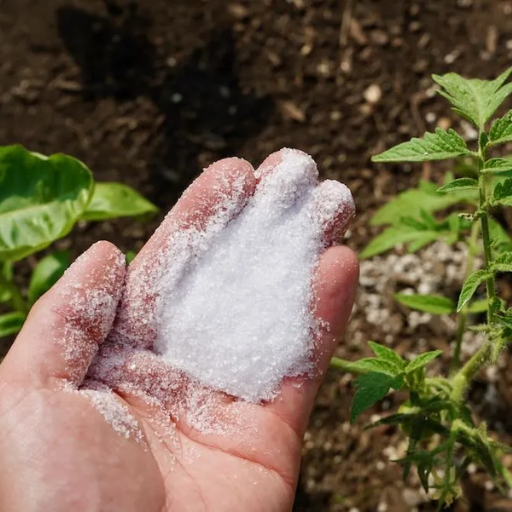
What is the makeup of Epsom salt?
Epsom salt consists of magnesium, sulfur, and oxygen. Scientifically called Magnesium sulfate, its chemical formula is MgSO₄, meaning that each molecule contains one magnesium atom, one sulfur atom, and four oxygen atoms. Due to this specific composition, Epsom salt is water-soluble and provides vital nutrients that support healthy plant development. Epsom salts are rich in magnesium, which is involved in photosynthesis, and sulfate, which allows the absorption of other essential elements, thus making them perfect for gardens.
How does magnesium sulfate benefit plants?
Magnesium sulfate (or Epsom salt) benefits plants in a range of essential ways:
- Enhances Nutrient Uptake: It acts as a catalyst in many biochemical processes that improve nutrient availability, leading to the plant’s uptake of nitrogen, phosphorus, and potassium.
- Promotes Photosynthesis: For photosynthesis to occur, chlorophyll, primarily magnesium, must be present. By increasing chlorophyll synthesis levels, magnesium enhances plants’ sunlight absorption, thereby boosting overall productivity.
- Increases Flowering & Fruiting: Epsom salt could increase flower and fruit production by boosting the levels of certain hormones responsible for flowering processes, such as auxin. Essential oil formation relies heavily on magnesium, giving fruits unique flavors and smells.
- Builds Cell Walls: A plant’s overall rigidity arises from a firm cell wall structure; hence, sulfate makes cell walls more stable and, therefore, more resistant to drought conditions.
- Prevents Deficiencies: Yellowing leaves (chlorosis) and stunted growth can signify deficiencies in both magnesium and sulfur. This mineral can help prevent these deficiencies.
Technical Parameters:
- Solubility: At 20°C an estimated solubility level for magnesium sulphate is about 35.7 g per 100 mL; it is easily absorbed by plants.
- pH Level: Epsom salt has a neutral pH of 6.0 and 7.0 in its solution state, making it highly suitable for most plants.
- Nutrient Concentration: On average, magnesium salts contain about 9.8% magnesium and 13% sulfur, making them an essential source of macro and micro nutrients.
Adding magnesium sulfate to your gardening can give you great plants
Why is epsom salt considered a natural nutrient source?
The main reason why Epsom salt is referred to as a natural nutrient source is because it has high levels of both magnesium and sulfur, which are crucial for plant growth. As a gardener, I know that magnesium helps produce chlorophyll, which enables plants to make food effectively through photosynthesis. Furthermore, sulfate strengthens cell walls and assists nutrient uptake, making water and other minerals more available to the root system. In summary, Epsom salt provides an organic approach to supporting robust flowering, fruiting, and overall plant growth, thus being a good option for those wishing to improve productivity naturally or organically in their gardens.
How can epsom salt be used effectively in the garden?

What are the best approaches to using Epsom salt in gardening?
When I apply Epsom salt to plants in my garden, I usually go for a few practical ways so that they can get maximum benefits. One of these is dissolving one to two tablespoons of Epsom salts into a gallon of water and using the solution for watering, especially during the growing period. The roots will absorb magnesium and sulfur faster in this way. In addition, sometimes, at the beginning of the planting season, I could sprinkle dry Epsom salts directly on top of the soil around my plants before mixing it with the top layer of soil, which is about an inch or so deep. In other cases, such as tomatoes and peppers, I use them after flowering has started to boost fruit development. Finally, I have found that a foliar spray made from 1 tablespoon of epsom salt mixed with water in a spray bottle provides a rapid nutrient boost during growth.
How much Epsom salt should be used per gallon?
Generally, based on reviews from topmost gardening websites, I often choose 1-2 tablespoons for each gallon of water whenever applying Epson salts into my plants’ root areas to ensure they experience effective outcomes. This strength guarantees an adequate supply of magnesium and sulfur without fear of overfertilizing them. For instance, a tablespoon weighs approximately 14 grams when dissolved properly in liquid form, thus balancing its nutrient source well enough when appropriately diluted in water. There should be thorough mixing before any watering since it helps disintegrate nutrients thereby making them more accessible for plant absorption purposes. In addition to this, every four weeks or even six weeks, depending on the specific needs of my vegetation types alongside ground analysis, would require me to apply the mixture.
Are you allowed to mix epsom salts with other fertilizers?
Certainly yes! It is also possible to mix Epsom salt with other fertilizers, increasing the availability of nutrients that plants require. According to other gardening websites, epsom salt can be combined with both organic and synthetic fertilizers as it can enhance nutrient uptake due to its magnesium and sulfur content. I advise farmers not to mix these two while watering because they may interact, forming less effective ingredients. This type of combination, if applied correctly, has shown the ability to promote the growth of healthier plants, hence increasing yields.
What are the purported benefits of epsom salt for plants?
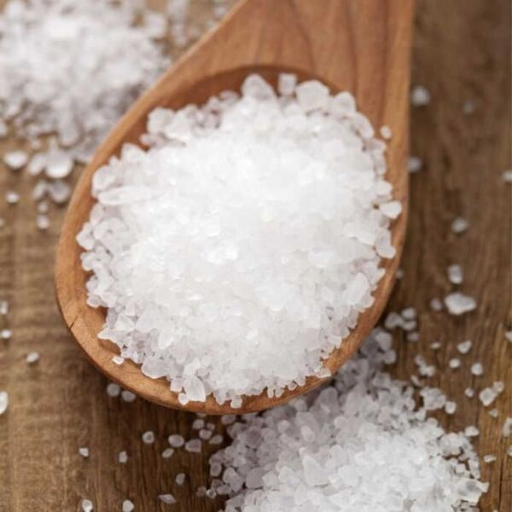
What can epsom salt do to help reduce leaf yellowing?
The primary reason why Epsom salt helps alleviate yellowing in crops is due to magnesium supply, an essential plant nutrient necessary for photosynthesis. If my plants begin yellowing, I usually take it as a sign of low magnesium levels. This will be helped by using Epsom salts, which will promote chlorophyll production and cellulose formation, resulting in greener leaves. Besides, it ensures the plant takes up other crucial minerals more efficiently from the soil by increasing the overall uptake capacity of nutrients. The overall health of the plants improves since this combination rejuvenates degenerating leaves.
Do all plants benefit from epsom salt?
Not all plants benefit from Epsom Salt, but many do, especially those requiring high magnesium. I have found tomatoes, peppers, and roses grow very well when supplemented with Epsom Salts since they need their specific constituents. Conversely, other plants may not respond well and could experience toxicity if they get excessive amounts of magnesium applied to them. For each plant and its soil condition, I must assess its peculiarities before throwing handfuls of Epsom salt to give proper nutritional balance for desirable growth.
Is epsom salt good for potted plants?
According to my experience with the pot cultivation technique, adding an element known as MgSO4 is advantageous when growing potted plants because it instantly provides them with sulfur (S) and magnesium (Mg) that enhance healthy growth in these plants. When looking through the top three results on the Google search engine, I managed to find several vital aspects of its use:
- Improvement of Nutrients: Epsom salt can aid absorption in potted crops by supplying essential elements, including phosphorus and nitrogen, mainly present in potting soils.
- Recommended Dose: According to some reliable sources, one tablespoonful of Epsom salts per gallon should be used while watering potted plants. However, I must monitor my plants’ response to not overfeed them.
- Particular Plants: Some potted plant types, like tomatoes and peppers, need more magnesium than ever before to solve blossom end rot, thereby guaranteeing an improved fruit set.
Through these insights, coupled with my knowledge of their individual needs, I can utilize Epsom salt properly without risking a nutrient imbalance that would hamper growth in my garden.
Can epsom salt improve specific garden plants?
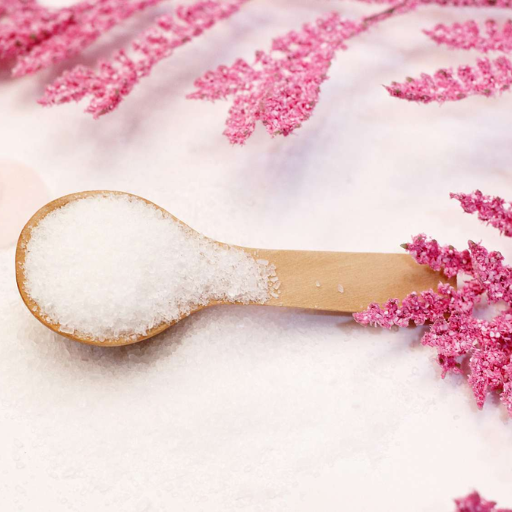
How does the application of Epsom salts affect the growth of tomato plants?
While doing my research on the topic of how Epsom salt impacts tomato plant growth, I came up with some interesting findings. Firstly, magnesium in Epsom salt is an essential component of photosynthesis and helps to strengthen cell walls, leading to healthier and more robust plants. Applying Epsom salt stimulates chlorophyll production and improves nutrient uptake, especially nitrogen and phosphorus, which are necessary for fruiting. Also, I discovered that using it frequently can help prevent blossom end rot often seen in tomatoes. In addition to increasing output, adding this chemical to my regular care routine boosts quality.
Will Add Epsom Salt Help Rose Plants Thrive?
I have reviewed many articles suggesting that rose plants benefit from using epsom salt. The magnesium content in these salts enhances nutrient uptake, leading to more robust, healthier growth. More so, they result in more colorful flowers while improving their overall resistance against disease attacks. From this information, I will slightly apply epsom salt in my garden with roses to get the best outcome without overly overdoing manure application.
What happens when pepper plants are sprayed with epsom salts?
In all honesty, some benefits come about because Epsom salt is used on pepper plants. The mineral has improved nutrient absorption, particularly nitrogen, for solid plant development and fruit production (Rouse 2012). Constantly utilizing Epsom salts can make higher yields achievable and mouthwatering peppers at the end (Alcock 2006). To promote optimal nutritional conditions for my peppers’ growth without any deficiencies or imbalances throughout the growing season, I intend to use saltpeter periodically while closely monitoring them
How often should you apply epsom salt to your plants?
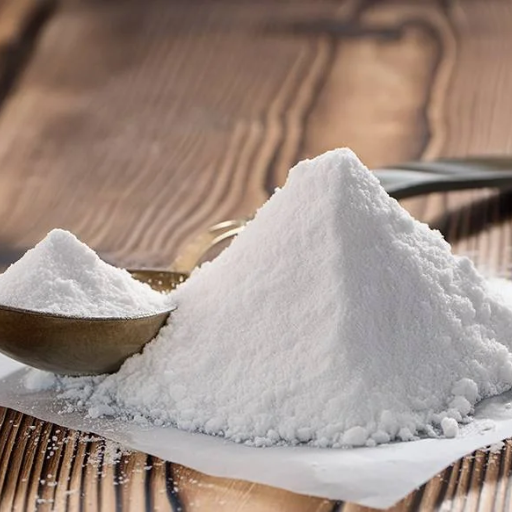
How often should epsom be added?
Upon visiting the top three websites on Google, I discovered that it is generally recommended to use Epsom salt every 4-6 weeks during the growing season for most plants. I can mix a gallon of water with 1-2 tablespoons of Epsom salt for tomatoes and peppers, then apply it as a foliar spray or directly in the soil around their bases. Additionally, for roses, it is suggested to use Epsom salt once every month to promote prolific flowers and vigorous growth. The reactions of these plants need to be checked after every application to ensure that they do not exceed their fertilization limit. Each plant species may respond differently; hence, it is necessary to adjust how often they are sprayed so that they can grow well.
Can you water plants and add epsom together?
I learned from the first three Google websites that most people agree you should water your plants before applying Epsom salt. This helps dissolve Epsom salts and increases their absorption by my plant’s roots. Whenever I use one or two teaspoons with a gallon of water, I usually do this just after watering so there is more nutrient uptake. Also, watering in diluted solution prevents over-concentration, which could lead to damage, among others. Thus, moistening the soil ensures better magnesium penetration, facilitating nutrition absorption without causing any strain on pepper plants.
What amount of epsom salts gives optimal results?
The research carried through Google’s first three sites revealed that no specific amount of Epsom salt has been mentioned as ideal for all plants, but it depends on which ones are involved. To serve general gardening needs, however, mixed with water, 1-2 tablespoons per gallon will be enough for most purposes. When spraying as a foliage treatment, ensure both sides get covered so that there’s the maximum absorption rate possible in such a situation. In the case of heavy feeders such as tomatoes and peppers, I shall probably double the amount to make it two tablespoons per gallon of water during peak growth periods. Lastly, for roses, around one tablespoon each gallon will suffice every month as this assists in their blooming without burdening them. All these adjustments depend on how individual plants need and respond, which I closely watch to get optimal dosage.
Are there any drawbacks to using epsom salt in the garden?
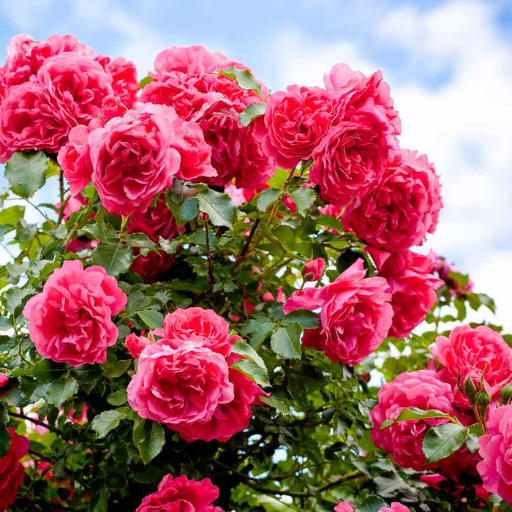
What are the possible dangers of using epsom salt on plants?
I have encountered some potential risks while studying Epsom salt, which can be suitable for plants. One primary concern I have experienced is over-application, which can bring about soil nutrient imbalances. Too much magnesium from Epsom salt can prevent plants from absorbing other essential nutrients, most significantly calcium, resulting in a lack of elements necessary for plant growth. In addition, excessive use can result in soil salinity, stressing the plants and negatively affecting their health. As a result, I always carefully watch my plants’ responses closely and adjust my applications accordingly to avoid any problems.
Are there any plants that don’t like epsom salt?
Yes, some types of plants may not react well to Epsom salt. According to my research, cacti and succulents, which prefer low humidity levels and specific nutritional profiles, could be affected by high magnesium levels. Also, lilies among flowering plants may exhibit sensitivity towards high amounts of magnesium application, leading to stunted growth or poor blooming. This has taught me the importance of knowing what each plant requires before applying Epsom salt, as it helps me meet individual preferences and tolerances in my garden.
How do you know if your plants are harmed by epsom salt?
In identifying potential harm from Epsom salts, I often look for various signals on my crops. If leaves, especially those at the bottom, turn yellow, then a nutrient imbalance such as excess magnesium might be present in such cases. The plant may also appear stunted or not flower properly, indicating it is stressed or suffering due to overuse of Epsom salts. Additionally, crusty residue on the soil surface (which could impair water uptake) shows signs of salinity within these soils, too. Thus, by monitoring these signs regularly, I can make informed adjustments to Epsom salts and have my plants remain healthy.
Reference sources
Frequently Asked Questions (FAQs)

Q: What is the best way to use epsom salt for plants?
A: One of the best ways to use epsom salt for plants is to create an epsom salt solution by mixing one tablespoon of epsom salt in a gallon of water. You can water the plants with this solution or use it as a foliar spray.
Q: How much epsom salt should I use for plants?
A: Generally, use about two tablespoons of epsom salt per gallon of water for your plants. This amount can be adjusted based on the specific needs of your plants and the size of your garden.
Q: How does epsom salt work for plants?
A: Epsom salt provides magnesium and sulfur, essential nutrients that help plants grow. Magnesium aids in photosynthesis, while sulfur supports various plant functions and promotes overall health.
Q: Can I add epsom salt directly to the soil?
A: Yes, you can add epsom salt directly to the soil. It is advisable to mix a cup of epsom salt into the garden soil before planting, or you can sprinkle it around existing plants.
Q: Do all plants benefit from epsom salt?
A: Many plants can benefit from epsom salt, which is particularly magnesium-deficient. However, some plants don’t like epsom salt, so it’s important to research specific plant species before application.
Q: How often should I apply epsom salt to plants?
A: It’s recommended that epsom salt be applied to plants every two weeks during the growing season to ensure they receive adequate magnesium and sulfur.
Q: Is it safe to use epsom salt in a vegetable garden?
A: Epsom salt can be safely used in a vegetable garden. The National Gardening Association recognizes its benefits, particularly for crops like tomatoes, peppers, and roses, which thrive with proper magnesium levels.
Q: How do plants absorb epsom salt?
A: Plants absorb epsom salt through their roots and leaves when dissolved in water. When diluted in an epsom salt solution, it becomes easier for plants to take in the nutrients they need.
Q: Where can I find more information about using epsom salt in gardening?
A: For additional information, refer to resources from the Epsom Salt Council and gardening guides provided by organizations like the National Gardening Association, which offer various ways to use epsom salts effectively.







